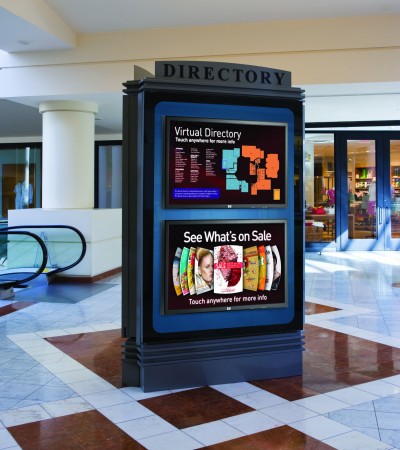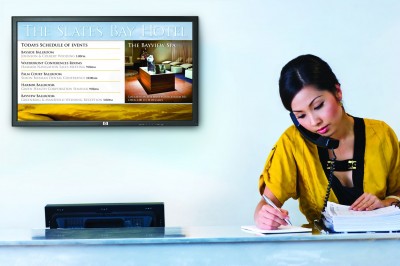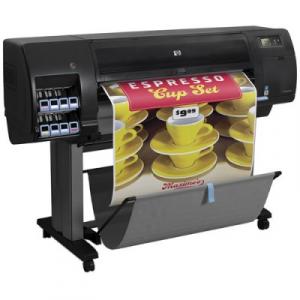Choosing the right media player

By Dmitry Sokolov
Along with displays themselves, media players are among the core pillars of any digital signage network installation. They are responsible for the smooth, accurate playback of dynamic content as it arrives from an external server. As such, they must function properly 100 per cent of the time, as any screen downtime would be immediately noticeable to passersby.
Choosing the wrong media player for a digital signage installation can lead to sub-par performance, services issues or—in a worst-case scenario—system failure. With many options on the market, however, selecting the right media player can be a daunting task.
Unfortunately, there is no such thing as a single, universally applicable media player. Since nearly every digital signage installation is unique, they exert different demands on their players.
So, finding the ‘best’ media player will be subjective, depending on the project at hand. Yet, it is possible to identify the core requirements that, across any digital signage project, will be important considerations in making the best choice for the job.
There are many such factors to consider, but three in particular will require close attention:
- Software requirements.
- The type of content that will be displayed.
- Where the network will be deployed, including how the screens will be mounted.
Software
Today’s digital signage software ranges widely in complexity. It is important to consider local technical expertise and customers’ expectations when assessing complementary media player options.

At the entry level, the simplest software may not even require a full personal computer-based (PC-based) player. Software based on Synchronized Multimedia Integration Language (SMIL) can run on a tiny media player embedded in a digital photo frame or a pocket-sized metal enclosure. Examples of such software include Scala Sign Channel, SignageLive Display Edition and BrightSign’s BrightAuthor.
The options are somewhat limited when choosing a player to run this type of software, as only a handful of vendors provide non-PC players. Some software vendors will require users to buy the hardware directly from them, but when there is freedom of choice, the user should look for hardware that can support high-definition (HD) video and carries a sufficient warranty, among other considerations.
A three-year warranty is ideal, as it aligns with the typical warranty period for a commercial liquid crystal display (LCD). HyperText Markup Language 5 (HTML5) support is also quickly becoming a requirement, which will help ‘future-proof’ SMIL players.
At the intermediate level, full-featured software typically requires PC-based players, where there is a much greater range of choice. As such, it will be important to consider the operating system (OS), central processing unit (CPU), graphics processing unit (GPU), random-access memory (RAM) capacity and storage before making a selection.
The vast majority of today’s digital signage software is based on Microsoft’s Windows OS, with media players to match. There are also Google Android- and Linux-based players available, but they typically require much greater attention and technical expertise.
Further, it is important to use a media player that operates on a ‘business-class’ version of the corresponding OS (e.g. Windows 7 Pro or Enterprise). Any player that uses a ‘consumer’ or ‘home’ version of Windows is probably not built for the stress and rigours of operating within a commercial digital signage network. The business versions of Windows will allow for greater functionality in terms of network management and security.







